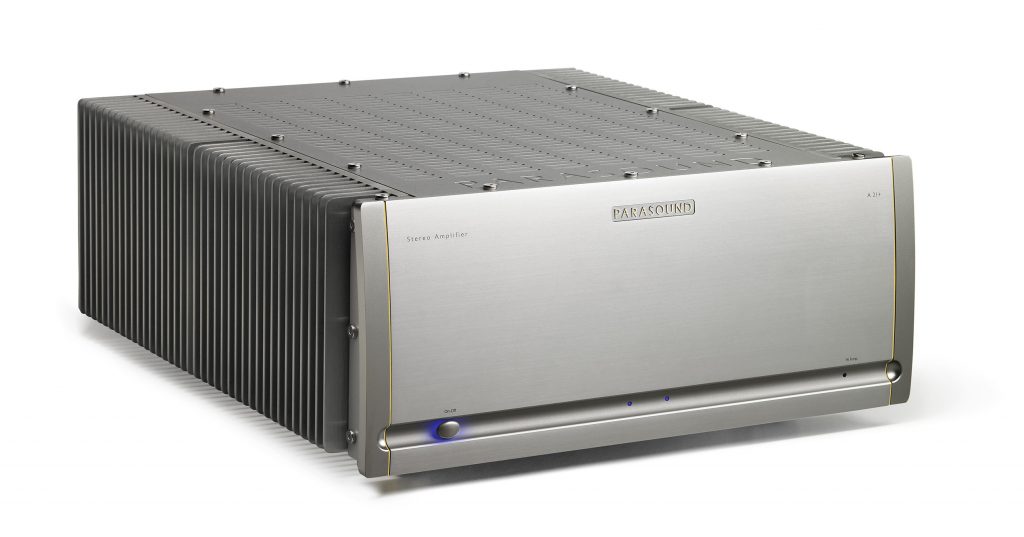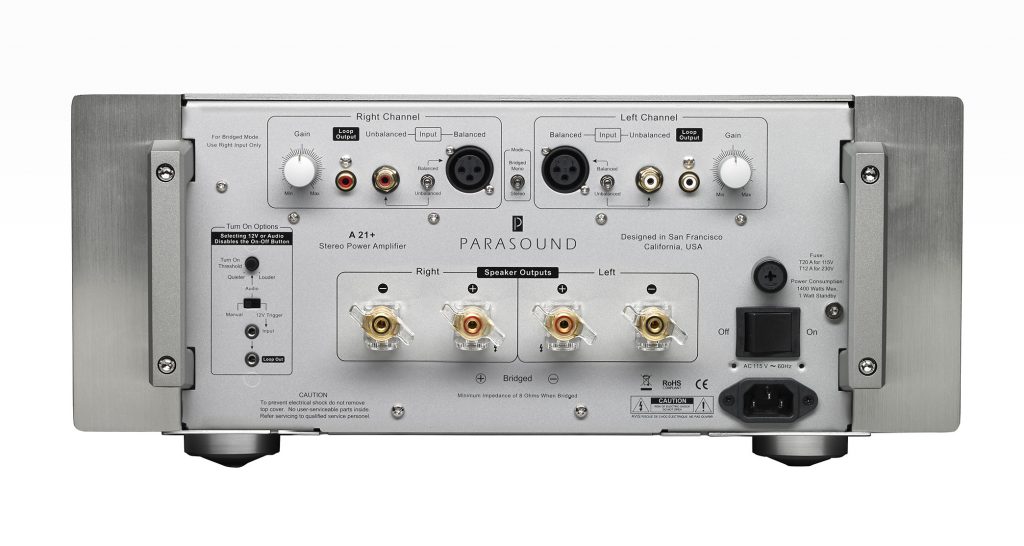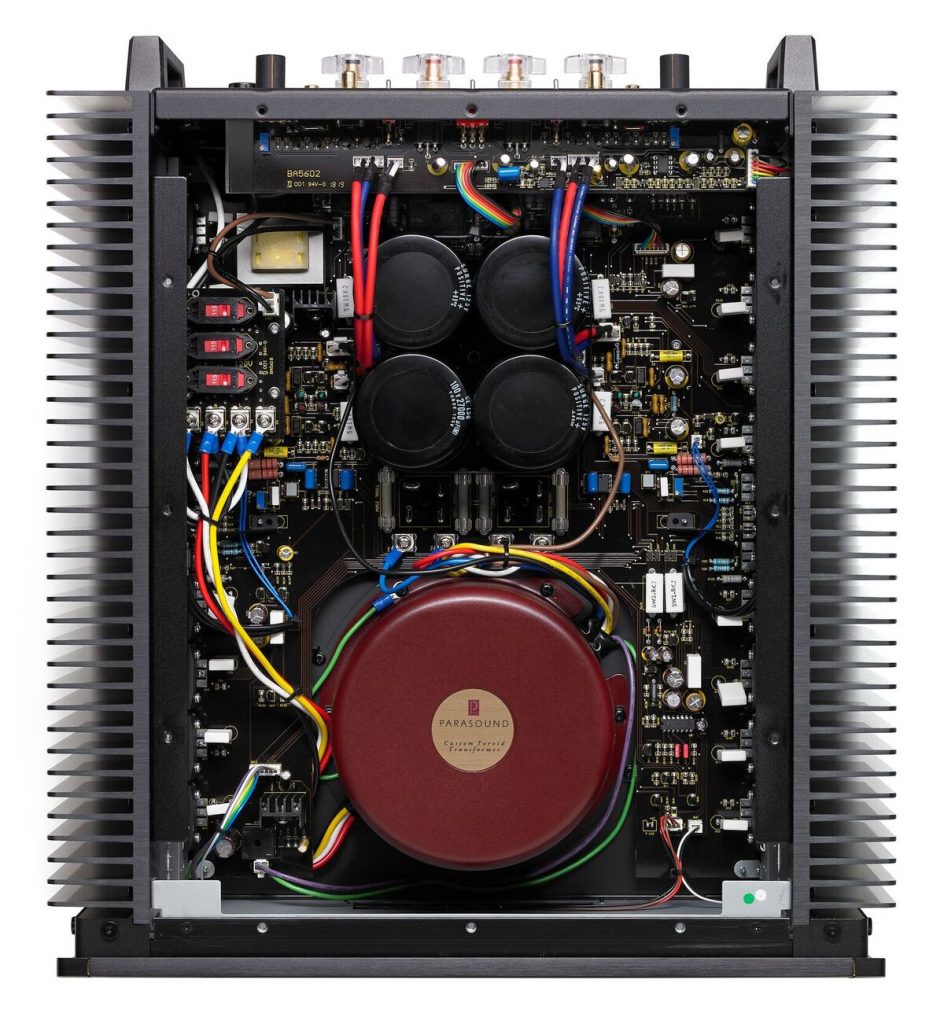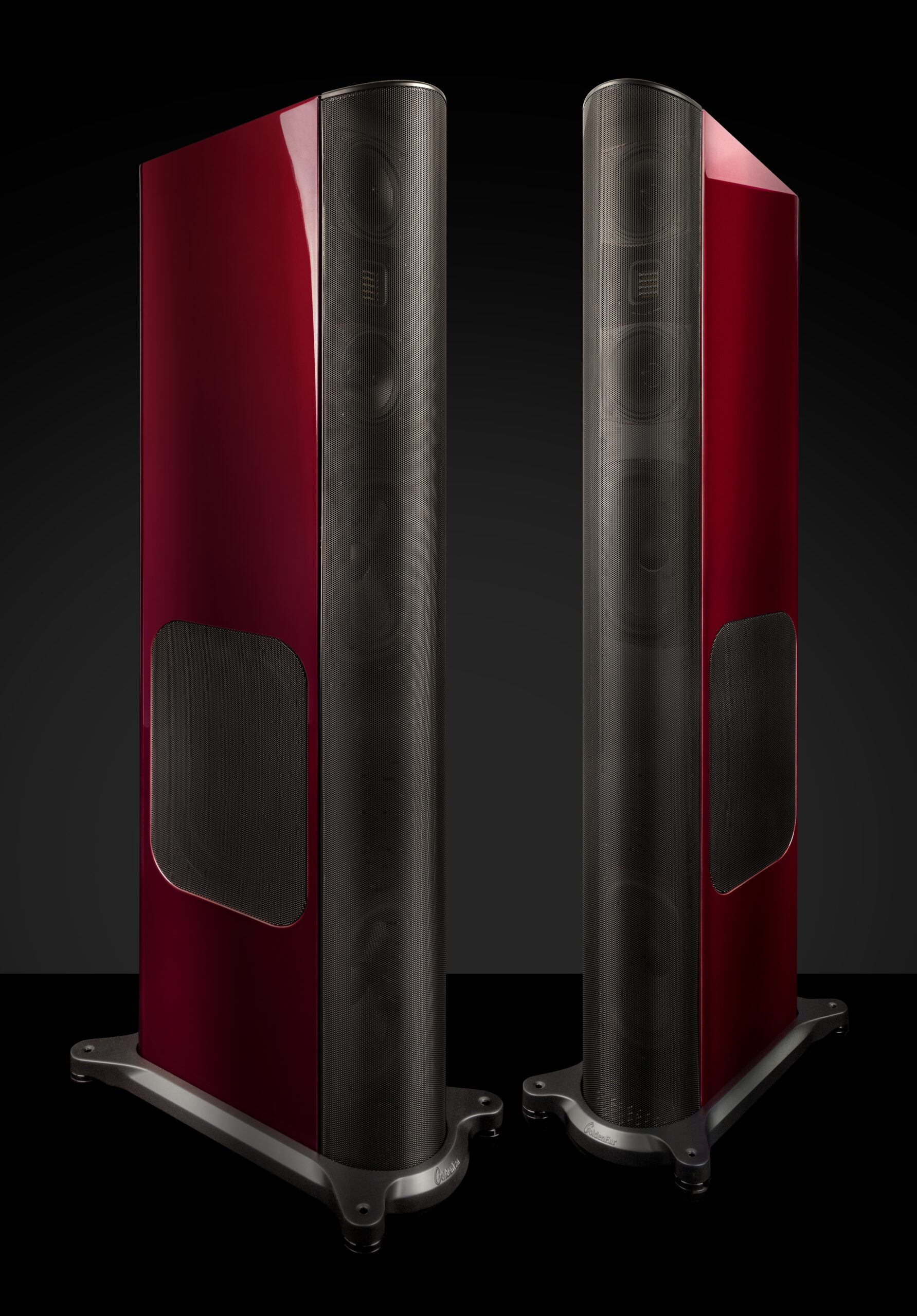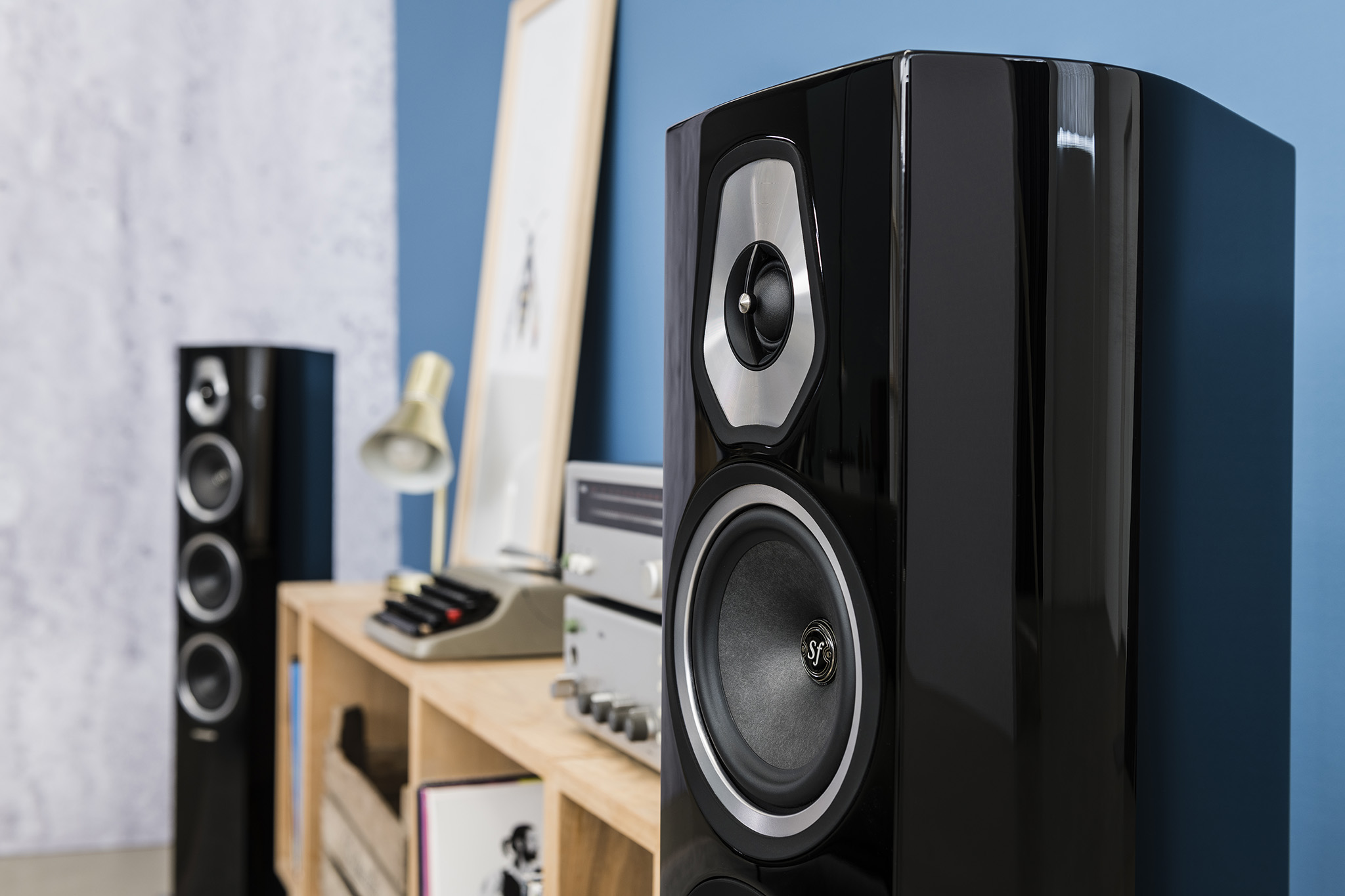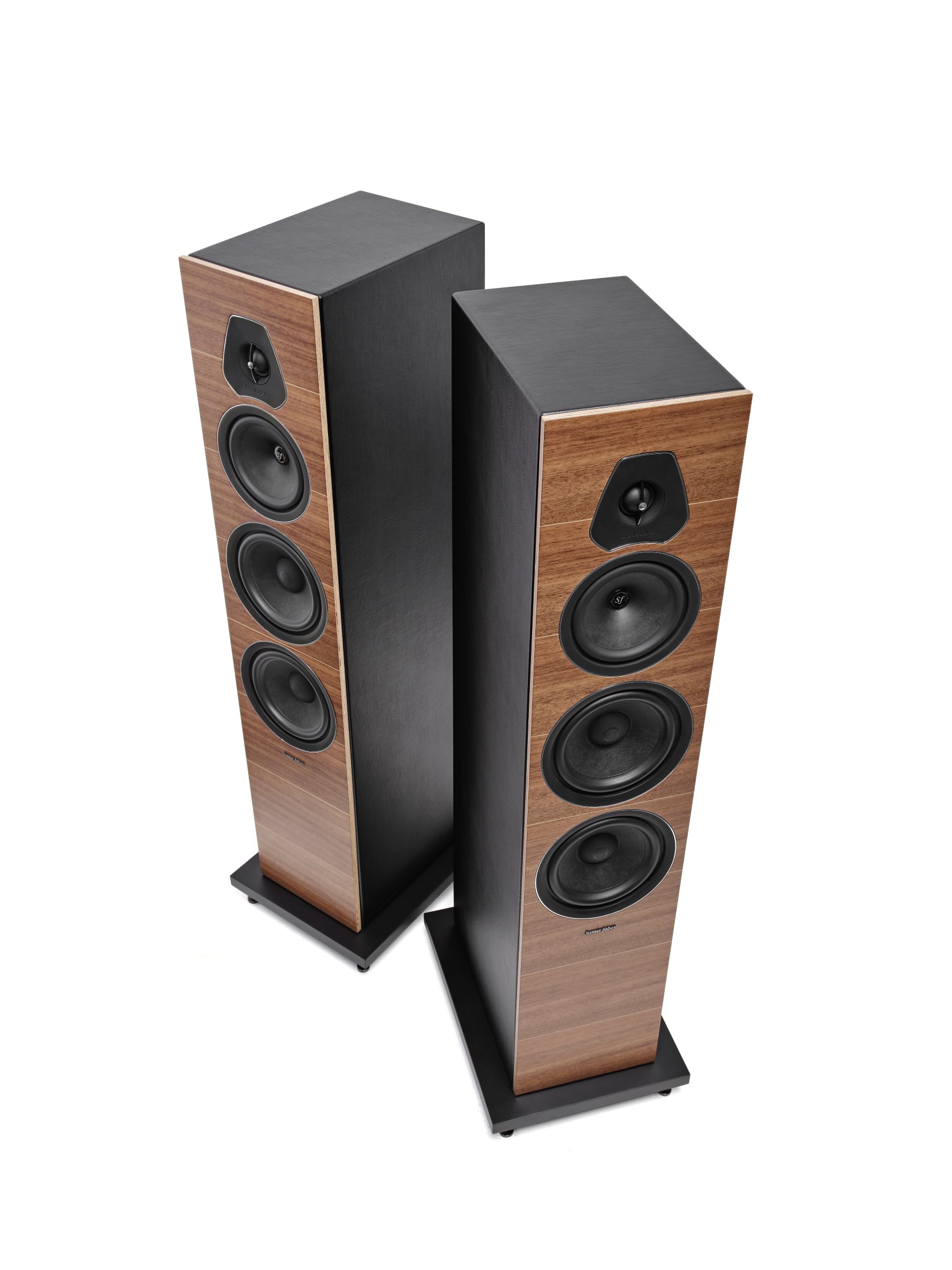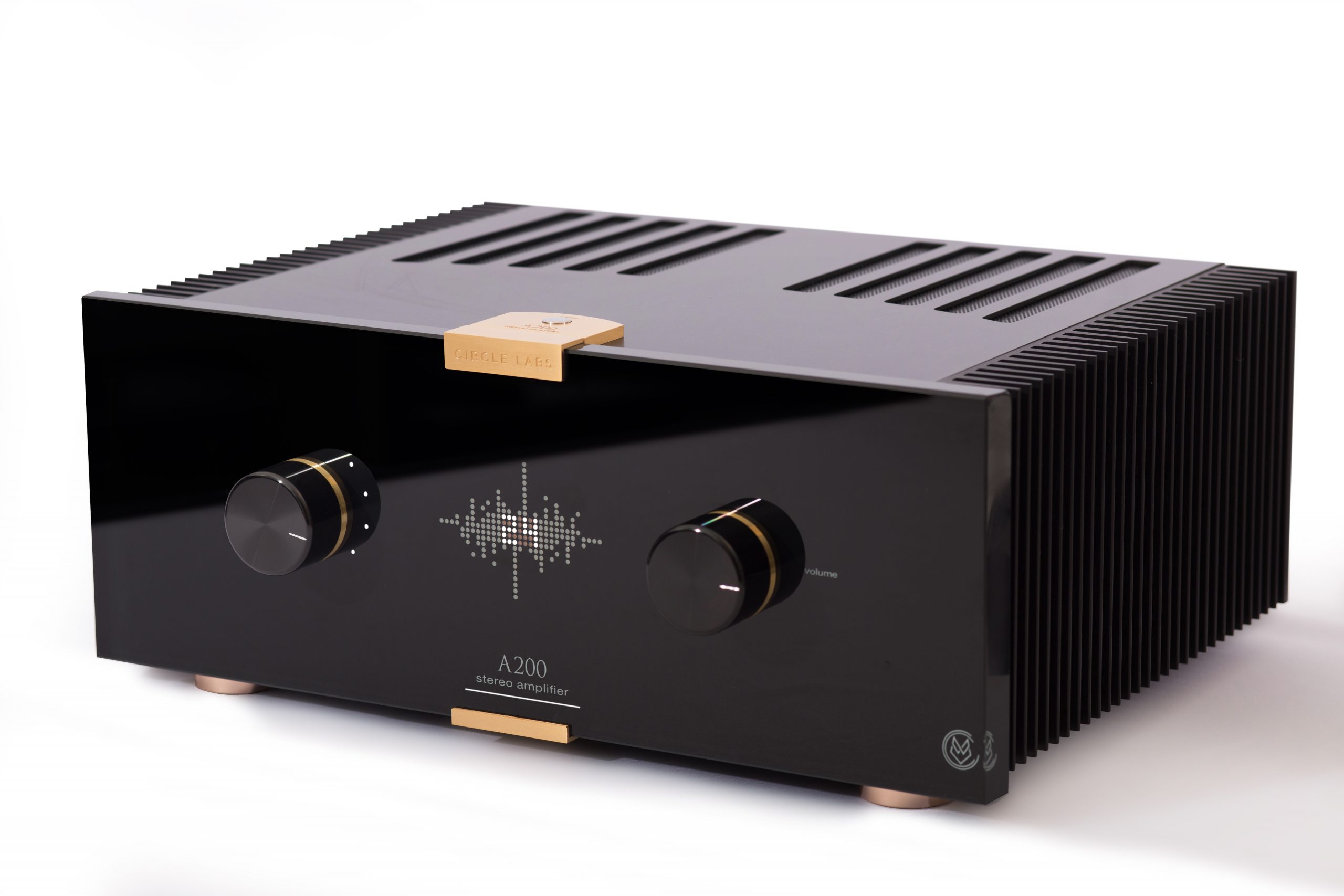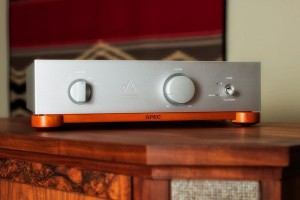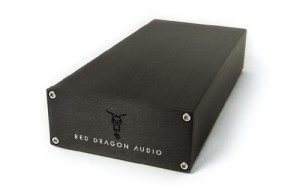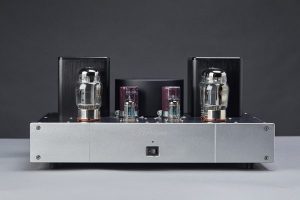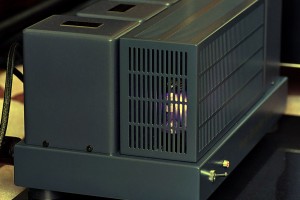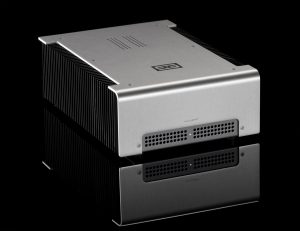Spoiler Alert
Parasound has chosen to take a staple core product that has remained an exceptional value for over fifteen years, the Halo A21 amplifier, and re-spin it into the Halo A21+. Doing so has proved that extremely high performance-per-dollar is still possible today when a company leverages decades of experience, and is spearheaded by a legend…
Parasound the Pragmatists
Everywhere you look across the audioscape, entropy has a way of tearing apart all that is good. Well respected companies whose founders have poured their lives work into the development of the highest quality sound equipment price themselves out of the market, or sell out to investors, or simply lack the chops it takes to push themselves to the next level. This is not the case with Parasound.
Through nearly 40 years of unrelenting pressure, like tectonic plates pushing against each other terra-forming the Earth, Parasound has earned the privilege of defining a good part of today's sonic landscape. Parasound's products can be found in countless professional sound applications in studios such as Pixar, Lucasfilm, 20th Century Fox, and Sony Pictures... to name a few. Unrelenting quality and a focus on establishing the proper supply chains with strong business relationships allow these professional products to exist not at the top of some mountain, pushed up and away from music lovers everywhere, but in an attainable from that is available to all. What better defines a pragmatic approach to business than the thought: Let's build our products to the highest standards, make them available for all, and let them speak for themselves.
It is no secret that Parasound has received many accolades from the audiophile community. Review after review, award after award seems to naturally follow a company who has put value without compromise first as defined by the very products they make. Spoiler alert: This review continues that tradition of praise.
Sizing the Halo A21+ up
The Halo A21+ (moving forward just the A21+) is dense. Unboxing the brute that sits in Parasound's top-teir, "Halo" line took my six-foot-three 245 pound frame everything it had. That said, I would recommend two sets of hands for the task. Wielding 71 pounds is certainly an achievable task however maneuvering it with attention to the heat-sinks, rear panel, front panel, and the realization that gravity is doing all it can to assure you a crushed foot becomes daunting. I should have heeded the note left by UPS when the original delivery was attempted!
For the amount of real power the A21+ is capable of, it stands stout. Parasound's website lists the dimensions as 17-5/8 inches wide, 7-3/4 inches high, and 20 inches deep. One can pop the feet off and use the supplied mounting kit to secure the A21+ into a standard 19 inch wide audio rack where the mounting height will be four rack spaces. A full list of specifications can be found on Parasound's website by clicking HERE.
I received the A21+ in the silver finish which masks the gold accents a bit on the front panel but makes the unit no less handsome. The chassis is well built, however I lacked the availability of a gorilla to perform any real tests of its durability. Thank you, Parasound, for making the blue channel indicator lights as well as the back-lit power button tasteful in intensity so they are not distracting. In comparison to the Halo A21 (A21 as we will know it) that normally resides in my equipment rack, the new embossed Parasound logo is very rich feeling when side-by-side with the glowing red plastic "P" on the A21. It is odd how small changes can make a big difference, which will become a common theme as we wear on.
Speaking of: The new binding posts that are shared with their flagship stereo amp, the JC5, are fantastic. Those who prefer bare wire or spades will be thankful for the insulation and wings that allow for easy tightening. Banana plugs are still welcome. The remainder of the rear panel is intuitive and well laid out. Take care to set up the rear of the A21+ before sliding it in place. There are knobs for gain, and small switches that allow selection of balanced/unbalanced inputs and bridged/stereo operation. Parasound states that it is not advised to use both the balanced and unbalanced inputs at the same time, which is cumbersome in my system. The Bricasti M1 DAC/Network Player runs directly to the amp via balanced connections, whereas the Rega P1 Turntable runs through a Sunfire Reference Signature preamp and into the unbalanced connections. Toward the end of this review, I received the new Parasound Halo P6 preamp that will solve this woe.
Parasound did a thorough job in writing the manual for the A21+. It is worth reading cover to cover. It supplies a surprising amount of understandable technical information in regard to set-up and implementation. More manufacturers should do this as it only assures the highest performance from their product.
As a final note: In a majority of cases, the gain settings on the rear panel should be set to maximum. Parasound does not provide information on their use which is understandable since almost all pieces of home audio equipment run at output voltages where this matters little. When used in pro-audio applications, those setting up and balancing such systems already know what to do. It is worth a mention that when using a DAC such as the Bricasti M1 directly driving the A21+, there is a long-term benefit to proper gain adjustment. For the scope of this review and equanimity I will not be playing with the gain, it will be set to max and forgotten about. When the gain settings are at maximum they act as a piece of wire and no resistive material from the potentiometers is in the signal path.
Technically speaking
It is no secret the A21, and now A21+ was designed by the legendary amplifier guru John Curl. The A21 showed why mastery is important in any design work as John Curl created an affordable amplifier that was considered top-tier for over fifteen years! Instead of re-inventing this wheel, Parasound chose to refine it.
The A21+ boasts 300 watts per channel into an 8 ohm load, 500 watts per channel into a 4 ohm load, and a monstrous 1000 watts per channel into an 8 ohm load when both channels bridged mono. This 20% output increase and eleven-pound greater heft over the A21 is thanks in part to a larger power supply. Parasound has nothing to hide here as these are real numbers supported by A21+'s capability of delivering 60 amperes of current per channel, the ability to deliver this power through the amplifier's full band-width, and a low <0.1% Total Harmonic Distortion (THD) when driving the full audio band (20Hz - 20kHz) at rated power. Note that Parasound rates the THD at <0.03% at typical listening levels.
Since the increase in power over the A21 is akin to adding another cup of water to what is already a sizable lake, I was very titillated by the reduction in distortion over the A21 that was stated to have <0.2% THD at full power. For me, this glint is a far more significant representation that there was more to the re-spin than raw power. It is easy to understand that 0.2 is greater than 0.1, yet those numbers are so small how could they possibly be significant? It is because percentages are linear while Decibels, the number that represents how far below the music the distortion is in sound intensity, also representative of how we actually hear, are logarithmic. In other words, a tiny reduction means a lot to our ears.
For example: <0.2% to <0.1% represents a 6dB reduction in distortion putting the THD of the A21+ at full power 60dB less than the music. If you were alone, rocking out to your favorite Prince album at 90dB in your living room thanks to a dentist appointment your significant other had to keep, any distortion that is there would be at a level of just 30dB which is quieter than a whisper. While an average volume from your listening position of 90dB is quite loud, the A21+ would simply be purring along, nowhere near its maximum power. This would mean the distortion would fall in the <0.03% typical range at this volume level. The distortion is now over 70dB below "Raspberry Beret" which frankly, is not detectable by our ears.
Everything is related; working toward lower distortion also improved key specifications such as signal-to-noise ratio and interchannel crosstalk. When I reached out to Parasound for some answers to all of this I was pleasantly surprised when the President and CEO Richard Schram personally took the time to answer. Richard explained that the basic architecture and topology of the A21+ is similar to the A21, but not identical. Aside from layout changes, additional shielding was used throughout the input stage, and the internal connectors are now gold plated. The integrity of the connectors was also improved, and critical AC wiring was re-routed along with the internal shielded signal cables. Upgrades were made to key electronic components throughout.
Finally, Richard states that the class A power available from the A21+ is a little over six watts per channel. While this may not seem like much, whether having a relaxing Jazz listening session, or living through a dynamic orchestra piece that drops to a violin solo in pianissimo, I believe this class A power is largely responsible for the extremely black background and inner resolving power of the A21+. It is very satisfying to forget I was listening through an absolute powerhouse and when I desired a light touch for delicate music, it was there.
Listening
I love my A21, but looking down from the canopy of a Giant Sequoia, the A21+ offers more sonically speaking. It is enough "more" to justify the significant price increase as the original A21 cost $2499 USD and the A21+ cost $3150 USD. Richard from Parasound was also kind enough to explain that over its fifteen plus year tenure the A21 never saw a price increase while the cost of components has significantly risen. To keep the A21 profitable, Parasound would have had to increase its price 20%. If they were going to do that, it was better to offer customers something more that would keep the reputation the A21 worked so hard to build.
I digress… some of the differences between the A21 and A21+ were detectable out of the gate, while others were more subtle. As previously mentioned, I am not convinced the raw power difference is the primary advantage over the A21, though the A21+ provides more audible control in the first two octaves (20Hz - 80Hz) over its predecessor. This is significant since the original A21 already had enough control to reel in even the most unruly loudspeakers. Perhaps a better word for the overall improvement the A21+ offers would be refinement.
Refinement is where the A21+ puts real distance from the A21. Small, but quintessential details like soundstage depth, focus, and texture seem to have received a significant boost. These were the very qualities the Teddy Pardo MB 100 (Issue 88) possessed that helped it stay in the league of the A21 when I reviewed it. This was an acceptable difference seeing as the A21 is a power house and the MB 100 was all about refinement. One cannot have it all for $2500 USD, and to have MB 100-like refinement with the control, neutrality, and drive of the A21 (and in total even further capability), the only logical choice would be the Bricasti M15 stereo amp at $18,000 USD.
Yet when it was time to forget all the mumbo-jumbo and just listen, the A21+ was several ticks closer to the M15 in overall capability than both the A21 and the MB100. I cannot go out on a limb regardless of my excitement and say the A21+ preformed as a legitimate top-tier amplifier that easily caries its price tag can, but I can say it makes the difference a game of inches. This played out time and time again from the talented Jazz drum solo by Brian Blaze in the Jousha Redman Quartet's "Slapstick" on Spirit of the Moment-Live at the Village Vanguard, to the all-out intensity Dubstep is well known for in "Centepede" off the album Rage Valley from Knife Party. These qualities were consistent using a swath of different loudspeakers too; Clear evidence that the A21+ is exceptional at handling the loads of just about any loudspeaker without issue.
Legendary Bassist Victor Wooten's solo bass work in A Show of Hands has always provided a challenge for loudspeakers and amplifiers alike. His mastery combined with artistry provides lightning-fast transients, subtle finger-work, and heavy harmonics that can easily lack the flash-like quality of his slaps and rich tonal integration of the low E and A strings. On the A21+, the experience was simply the best I have heard it. "U Can't Hold No Groove…," and "Overjoyed" were exceptional in all aspects which allowed Victor's message to come through his 4-string and into every little hair on the back of my neck. "Classical Thump" blew me away thanks to the A21+'s control and accurate timbre.
Musical complexity and large scale was not a challenge for the A21+ either. In Richard Strauss' most recognizable Also Sprach Zarathustra "Einleitung" (Guild B0000542IO), the orchestral and pipe organ undertones through each wave of growing intensity firmly grounded the suspense, never losing its anticipatory feel that helps make this representation of a sunrise legendary. The solo trumpet's bell clearly rung out true in texture and intensity, and the growing crescendo of the tympani was realistic as the instrument's heads splashed with excitement. The pipe organ hangs just a little longer than the rest of the orchestra at the end which creates a very tantalizing effect when reproduced properly. Listening at levels louder than necessary through the largest and most capable loudspeaker in the bunch, the effect was accurately captured by the A21+. It never lost its integrity and provided an awe-striking feel as an entire orchestra steps out of the way of a single instrument carrying the power, range, and impact of a single chord it took the whole orchestra to build. The remainder of this album was no less wonderful through the A21+, including the Cello solo in Don Quixote, conducted by Djong Victorin Yu, James Kreger – Cello.
It is difficult to pick out a handful of standout tracks on the A21+. Sonically it is so neutral it effortlessly presents what is there. I could not make the A21+ less than enjoyable regardless of what I chose to play through it. As always this is a double edged sword. A front-end that tilts from neutral, or was never paired with an amp capable of reproducing its anomalies could cause false blame to be applied to the A21+ if issues are heard when added into a system. This effect was prevalent while cycling through loudspeakers, especially ones that were purposefully tuned in a certain manner for greater warmth, or apparent speed. The A21+ truly shined when paired with full-range, tonally neutral loudspeakers pushed by a quiet and dynamically capable front-end.
In the End
The Pragmatists at Parasound chose to re-spin the A21 amplifier into the A21+. The former tried and true, untouchable value and staple of their product line, the A21, had set the bar for value vs. performance in both the HiFi and Professional audio worlds. The move to improve it was risky, since it is usually difficult to de-throne a king without a total re-design of the kingdom. Parasound however, pulled it off exceptionally.
The A21+ represents a new unparalleled value in amplifier performance. If your amplifier budget dictates $2000 USD on an amplifier, save a little longer and buy the A21+. If the amplifier budget is endowed to the order several thousand or more, pick up the A21+ at $3150 USD and a pair of loudspeakers that will allow you to hear what this amp is capable of. It would be difficult get more amplifier without pursuing a home equity loan, or at least a small automobile loan. The Halo A21+, is a keeper.
A21+ Amplifier
Retail: $3150
Parasound




